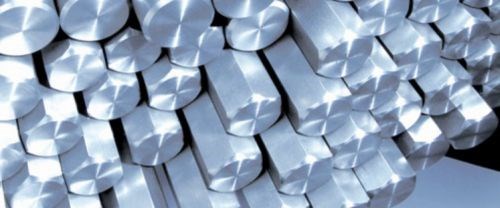Do Casting or Forging Lead Times Affect Your Batch Sizes?
In 2010, many shops began to see long lead times for certain varieties of steel—leaving lean supply chains vulnerable to the response-time realities of steel production.
Share


ECi Software Solutions, Inc.
Featured Content
View More
Takumi USA
Featured Content
View More


Hwacheon Machinery America, Inc.
Featured Content
View More




In 2010, many shops began to see long lead times for certain varieties of steel—leaving lean supply chains vulnerable to the response-time realities of steel production. More recently, as suppliers of castings and forgings have become busier, a similar phenomenon has set in with these parts. To deal with long lead time for castings or forgings, some shops are buying them in such large quantities that carrying extra inventory is an unavoidable fact. These shops are choosing against lean or JIT production not because they see value in having a little extra buffer, but because the buffer has been forced upon them. Since inventory is already on the shelves, it often makes sense—or seems to make sense—to run production in larger batches, keeping at least some of the unavoidable inventory as ready-to-ship parts.
In your own facility, do you see the supply of raw parts or raw material affecting how lean the production process can be?












.png;maxWidth=150)





















